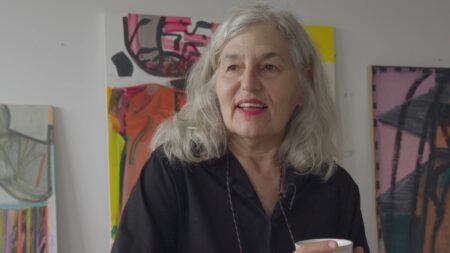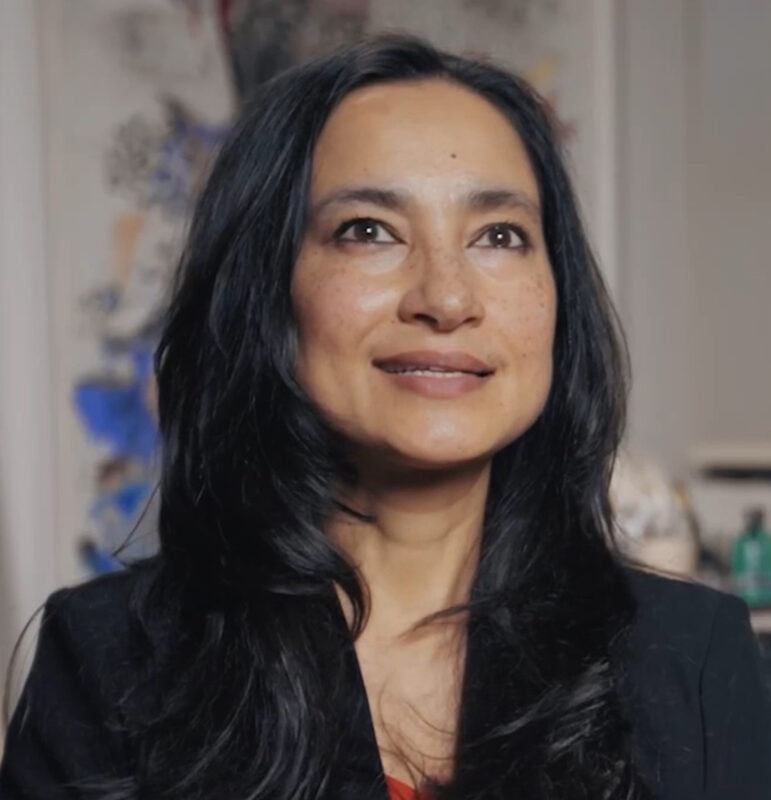Continue playing
(Time remaining: )
Play from beginning
Continue playing "{{ controller.videos[controller.getVideo(controller.currentVideo)].segmentParentTitle}}"
{{controller.videos[controller.getVideo(controller.currentVideo)].title}} has ended.
Basim Magdy with Shahzia Sikander at the 13th Istanbul Biennial
Basim Magdy and Shahzia Sikander discuss Magdy’s video piece, 13 Essential Rules to Understanding the World, featured in the 13th Istanbul Biennial. Produced in response to the social despair that ensued after the Egyptian revolution in 2011, the rules are displayed as a discourse between tulips, each flower animated with a hand drawn smiley face.
“Me saying thirteen essential rules is very didactic, but I wanted to reduce that by using a little bit of unexpected humor.”
More informationClosed captionsAvailable in English, German, Romanian, Italian, Japanese, Korean, Chinese, Italian
Through the Art21 Translation Project, multilingual audiences from around the globe can contribute translations, making Art21 films more accessible worldwide.
Interested in showing this film in an exhibition or public screening? To license this video please visit Licensing & Reproduction.
Basim Magdy was born in 1977 in Assiut, Egypt. He now lives in Basel and Cairo. His interest in the unconscious and memory is at the root of his often-surreal works on paper, film, photography, and installation.
Shahzia Sikander specializes in Indian and Persian manuscript painting, a traditional, technique-driven style that Sikander imbued with a personal context and history, blending the Eastern focus on precision and methodology with a Western emphasis on creative, subjective expression. In doing so, Sikander transported manuscript painting into the realm of contemporary art. Expanding the manuscript painting to the wall, Sikander also creates murals and installations, using tissue-paper-like materials that allow for a more free-flowing style. Utilizing performance and various media and formats to investigate issues of border crossing, she seeks to subvert stereotypes of the East and, in particular, the Eastern Pakistani woman.


